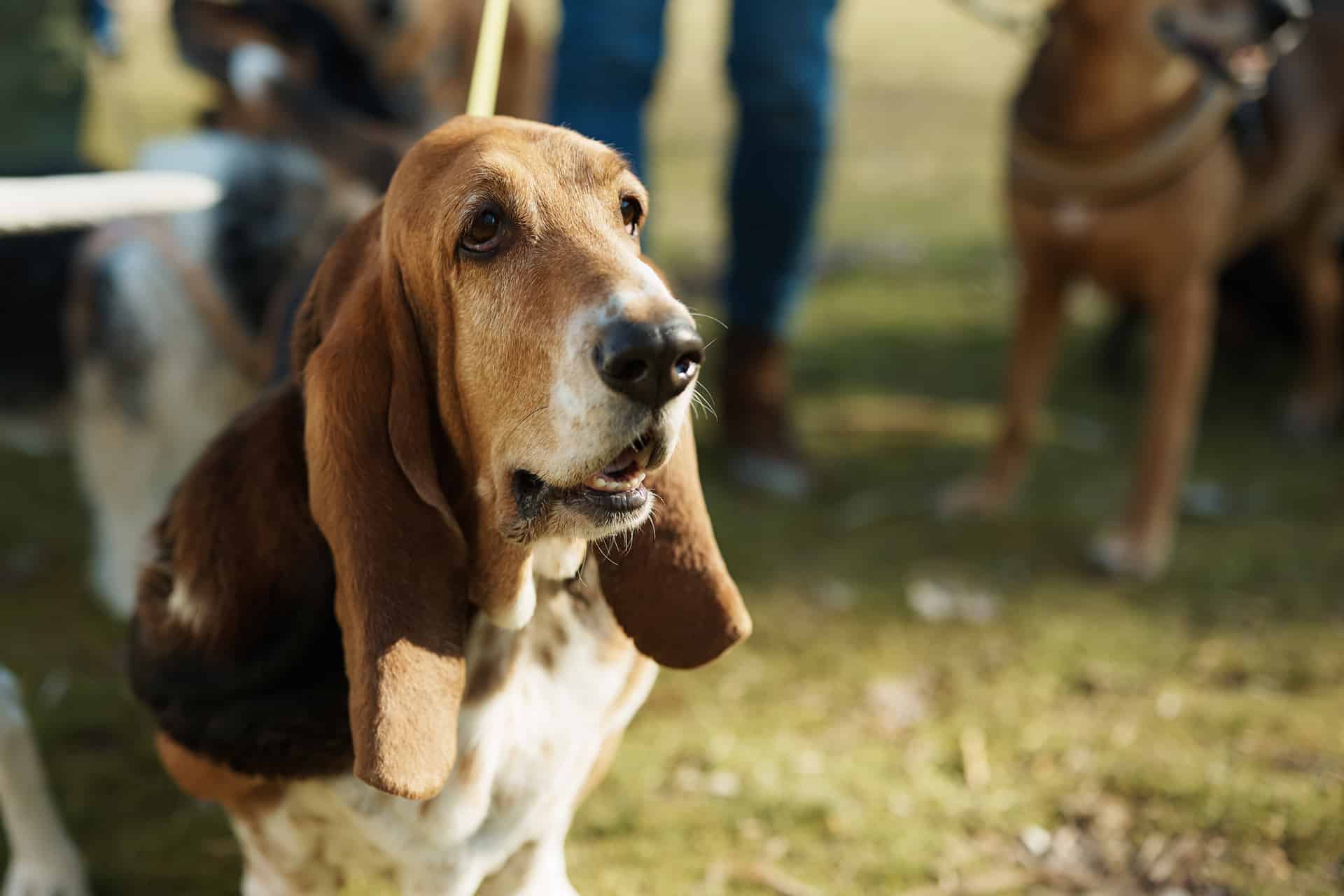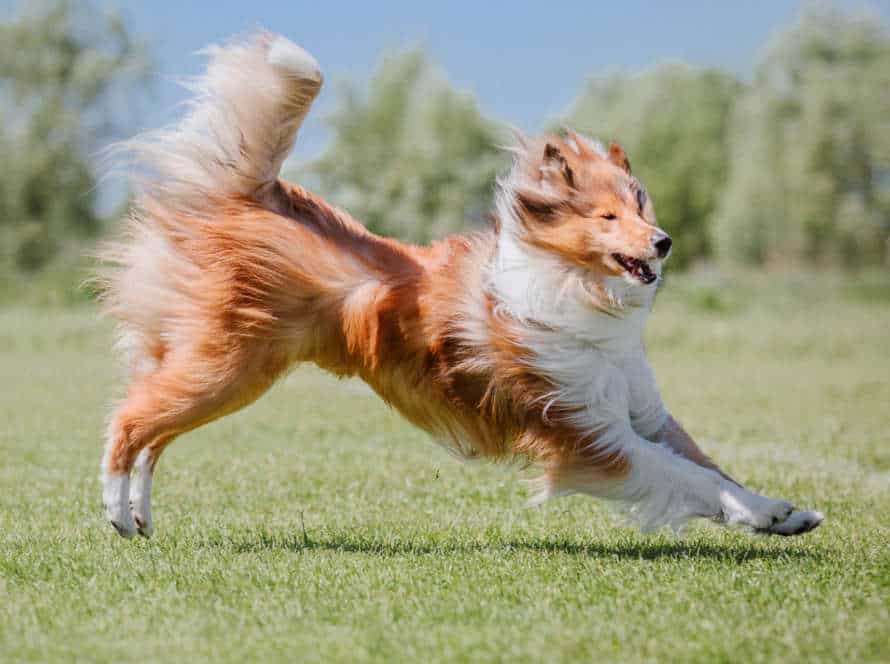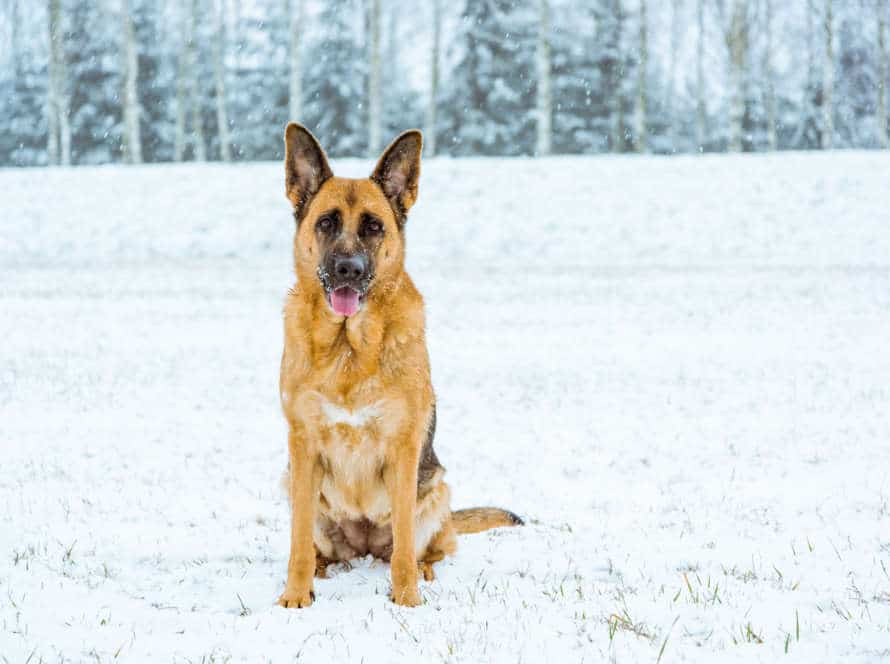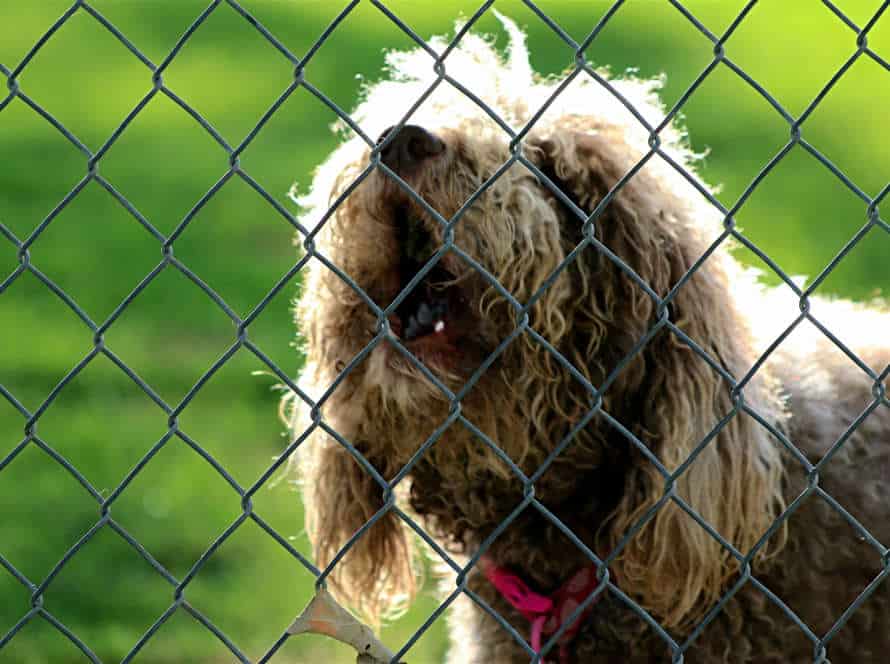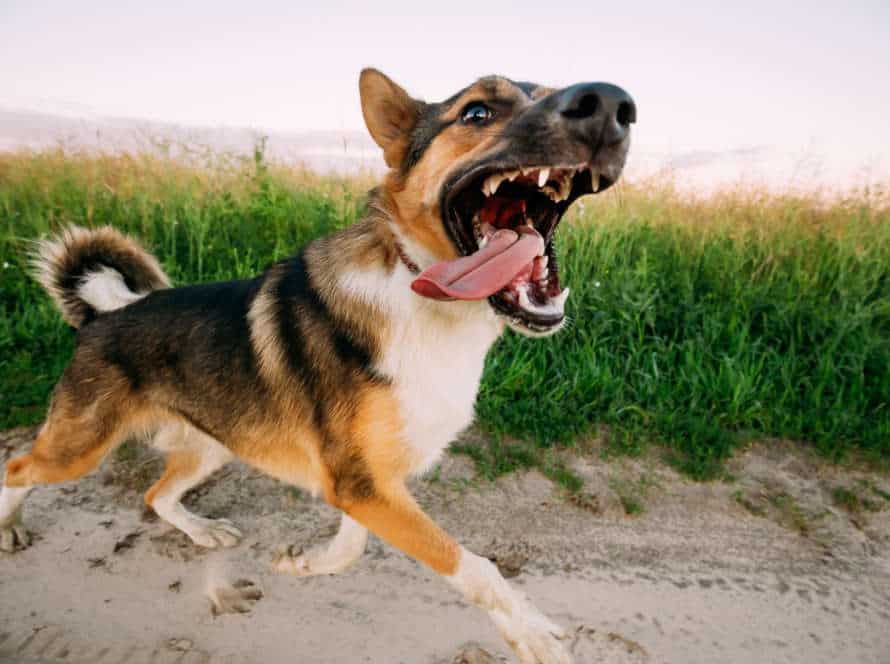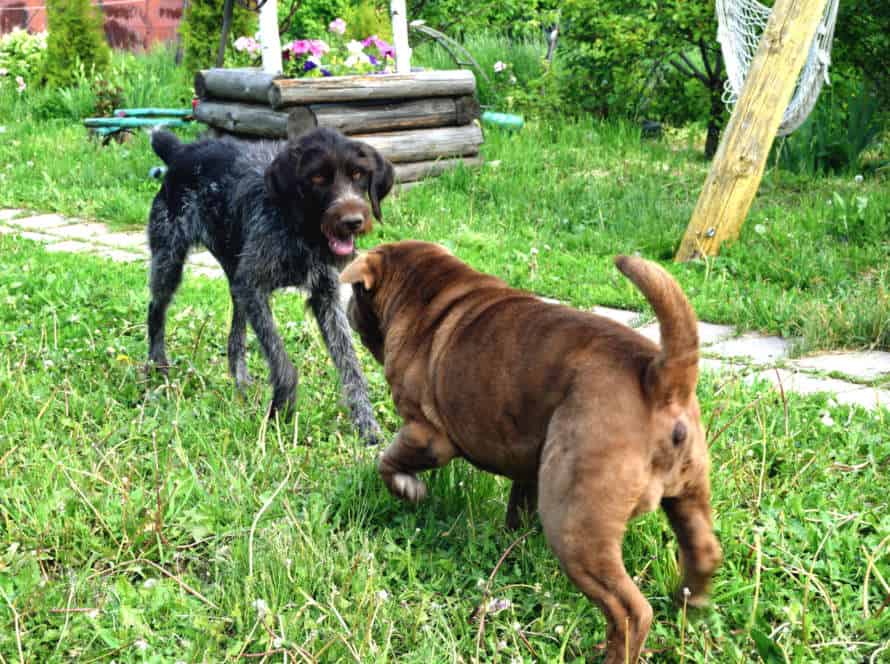Using Distraction Techniques to Quiet Your Dog
Distracting your dog with toys, treats, and activities is an effective way to quiet their excessive barking. It can also help with anxiety or unwanted behavior. To calm your pup, try these techniques:
- Provide interactive toys like puzzles to keep them occupied.
- Give healthy treats to reward good behavior and distract them from barking.
- Take them for walks or playtime to release extra energy.
Identifying the source of their behavior is important. But, these distractions can be useful in the meantime to help manage their barking.
Understanding Dog Behavior
Dogs show smartness. They can learn new stuff. But, problem behaviors like barking, whining, and destruction can be displayed by them. To tackle these, it’s essential to know why they happen. Knowing the reason behind their behavior can help us use distraction techniques to manage and change it.
Why dogs bark
Dogs bark for multiple reasons. They could be communicating, seeking attention, expressing fear or alerting their owners to danger. It is essential for dog owners to understand why their dog is barking and address the root cause.
In circumstances where the barking is excessive or disruptive, distraction techniques can be used to redirect their focus and quiet them down. These could be offering favorite toys or treats, using a relaxed yet firm tone of voice and removing the stimulus causing the barking. It is also important to not give in to the dog’s demands or accidentally reward them for too much barking.
How to read your dog’s body language
Grasping your pup’s body language is vital for any pet owner. Here are some principal points to mull over:
- Tail placement: A tranquil tail shows a tranquil and contented pup, while a tucked tail implies fear or restlessness.
- Ear stance: Pricked ears signify alertness or interest, while flattened ears mean stress or hostility.
- Eye contact: Direct eye contact may imply assertion or aggression, while a relaxed glance signifies a non-threatening attitude.
- Body pose: A relaxed and loose body pose usually implies ease, while a tense stance suggests fear or aggression.
Realizing your pup’s body language can help you rectify any hidden troubles they may be facing. For example, if your pup is incessantly barking, using distraction techniques to calm them down can soothe their apprehension or agitation. Try offering a toy or treat, or divert their attention with a fun game. Pro tip: Always approach and associate with your pup calmly and tenderly to stay away from any misunderstanding or potential danger.
Importance of positive reinforcement training
Positive reinforcement training is important for forming a dog’s behavior and creating a great bond with the owner. It rewards good behavior and encourages it to be repeated, instead of punishing bad behavior that can cause fear and anxiety.
Distraction techniques are a type of positive reinforcement training. They turn a dog’s attention to an activity, like playing with a toy or doing a trick, instead of the bad behavior. This is especially useful for reducing excessive barking.
When a dog barks too much, owners can use distraction techniques such as offering a toy or treat, praising good behavior, or redirecting the dog to a better activity. This reinforces good behavior and gets rid of bad ones. Pro tip: Be patient and consistent when using positive reinforcement training with your dog to get the best results.
Distraction Techniques
Distracting your dog can be a great way to help them chill out. With practice, you can teach your pup to use distractions instead of barking, whining, or other behaviors you don’t want. This article will give you the scoop on distraction techniques and how to use them to train your pooch!
Using Treats as Distractions
Treats can be a great way to keep your pup from getting too rowdy. Keep some bite-sized snacks handy. When your dog starts barking or whining, give them a treat and say “be quiet” or “settle down“. Do this until your pooch is quiet. After that, give them a final reward with some praise.
Eventually, they’ll link the command with the treat. But don’t overdo it – treats should be used alongside other training methods to teach good behaviour.
Using Toys as Distractions
Distracting your dog with toys can be a great way to keep them quiet and divert their attention from undesirable behavior. Here are some tips to make the most of it:
- Opt for interactive and engaging toys such as balls, squeaky toys, or puzzle toys.
- Vary the toys to keep your pup excited.
- Reward your pup with treats/praise when they play with the toys.
- Don’t use the same toy for too long – your dog may become bored.
- Put the toys away when not in use, to maintain the novelty.
- Remember, all dogs respond differently to different toys. Experiment to find the best option for your pup.
Using Verbal Commands as Distractions
Distracting with verbal commands is a good way to calm your pup and take their attention away from bad behavior.
Here are some you can use:
- “Look” – Hold a toy or treat near your face and say “look” to get their focus on you.
- “Leave it” – Say this to stop them from sniffing or eating something. Redirect them to a toy or treat instead.
- “Sit” or “Down” – Use these to get them to settle. Practice them often so they know what to do when they hear them.
- “Come” – Call them to you when they’re distracted. Reward them with a treat or praise when they come.
Training Tips for Success
Distraction techniques are a great way to help train your pup not to bark when it’s inappropriate. Redirect their attention away from the stimulus causing them to bark towards an activity that’s more calming. Use simple techniques to help your dog make different choices in different situations. Let’s explore some training tips for success!
Start with Basic Commands
Training your doggo? Start with basics! It builds communication, trust and respect. Here are some tips to take note of when using distraction techniques to quiet your pup during training:
- Pick a place with low distractions.
- Give treats or praise when they get it right.
- Slowly add in noises or movements that may make them bark or be upset.
- If they’re too distracted, remove them and try again later.
This way, you can teach them commands and they’ll respond well even when distracted!
Practice Consistently
Training your pup needs regular practice to get the result you want. But, it can be tough for many dog owners, especially when distractions make it hard for the pooch to concentrate. Distraction methods are a great way to fix this problem.
Start by desensitizing them to distractions, then reward them with positive reinforcement. Go slowly, beginning with the simplest forms of distraction. Use commands that are easy to understand.
Do this regularly and you’ll help your pup stay calm and focused. This will lead to a happy relationship between you and your furry friend.
Gradually Increase Distractions
Gradually upping distractions is a great way to teach your pup to stay calm in chaotic or loud places. The trick is to start small and step up distractions over time. Follow these steps:
- Begin with training your fur baby in a tranquil, distraction-free spot.
- Once they know the basics, introduce mild distractions, like playing soft music or moving around in the background.
- Keep growing the distractions, like opening and closing doors, flipping on the TV, or training commands outside.
- Always reward them for keeping their focus and staying relaxed during the sessions.
With steady practice, your pup will learn to ignore distractions and obey your commands, no matter where you are. Pro tip: Give them high-value rewards like treats or toys to keep them motivated and interested during the training.
Addressing Underlying Issues
Dogs bark for various reasons. Boredom, lack of exercise, fear, or anxiety could be at the root of it. It’s better to address the cause, rather than just distracting them. That can help stop the noise, and stop other unwanted behavior. Let’s discover more about this!
Separation Anxiety
Dealing with separation anxiety in dogs is tough. Knowing the causes and using distraction techniques can help ease your pup’s fear of being alone. Here are some tips to help:
- Find out what could be causing it – things like lack of exercise or mental stimulation, breed-specific issues, and past negative experiences.
- Start desensitizing your pup to departure cues, like putting on shoes or picking up keys.
- Give your pup toys, treats, or puzzle games to distract it when you leave.
- Create a safe space like a crate or a specific room.
- Teach your pup ‘Stay‘ and ‘Come‘.
- Gradually increase the time you’re away from your pup, starting with a few minutes.
- If you’re not seeing improvements, get assistance from a vet or a professional dog trainer.
With patience and consistency, you can help your pup feel more secure when you’re not at home.
Fear and Aggression
Fear and aggression are two common behaviors that can show up in dogs. This often leads to barking, growling and biting. Dealing with root causes can help reduce these behaviors. Plus, distraction techniques can give temporary relief.
To address fear and aggression in dogs, owners should first identify the cause. It could be loud noise, strangers or other animals. Training like positive reinforcement can help dogs feel more confident in those situations.
Distraction can be used if a dog begins to show fear or aggression. Making noise, giving treats or toys, and focusing on a new activity like a walk gets their attention. But it’s only temporary. Professional trainers can give the proper training and behavior modification needed to address the cause of the behavior.
Medical Conditions
When treating medical issues in dogs, it’s important to tackle the cause, not only the symptoms. A visit to the vet can help to diagnose and treat the condition, improving your dog’s health and quality of life.
The vet will do a physical examination, run tests, and pick the best treatment.
To distract a dog during treatment, use calming music, treats, toys, or positive reinforcement training.
Early detection and treatment is essential for managing medical problems, so if your dog is sick or in discomfort, don’t hesitate to consult the vet.
Preventative Measures
Wanting to keep your pup calm and quiet in not-so-ideal situations can be tricky. But, distraction methods can help reduce barking and other loud noises. These preventive measures can be used before your pup gets too excited, to help keep him chill in potentially stress-filled scenarios.
Let’s explore several distraction techniques that can be used!
Providing Enough Exercise
Exercise is essential for stopping behavioral issues in puppies. When they don’t get enough physical exertion, they can become agitated, anxious, and ruinous. Distraction strategies are a fantastic way to keep your pooch amused and content while also providing exercise.
Some of the most successful distraction approaches are:
- Toys and puzzles: Interactive toys and puzzles are ideal for maintaining your dog’s mental agility while offering physical activity.
- Treats and chews: Treats and chews can give a healthy distraction for your pet for a couple of minutes, which might give them the needed break between activities.
- Exercises and training: Simple obedience training like “sit”, “stay”, “fetch”, and “roll over” are both mentally stimulating and physically demanding.
- Playing outdoors: Playing outdoors with your dog can be a great way to provide exercise and stimulation. Playing fetch or walking on a nearby path can give much-needed adventure and stimulation for your pet.
These distraction techniques are an amazing way to guarantee your dog gets enough exercise and decreases the chances of behavioral issues.
Minimizing Triggers
Distraction techniques can help reduce triggers that cause a dog to bark too much. Here are a few useful ways to quiet your furry pal:
- Give them something that takes time to eat, like a food puzzle toy.
- Teach them a new trick or command, or play fetch, tug-of-war or hide-and-seek.
- Use white noise or calming music to muffle outside sounds that may trigger barking.
- Provide comforting toys or an item with your scent on it to help relax them.
It’s important to also address the reason behind the barking to stop the behavior. If your dog’s barking is ongoing or too much, talk to a professional dog trainer or behaviorist.
Pro Tip: Dogs enjoy routine and structure, so giving them consistent schedules and exercise can prevent excessive barking.
Avoiding Reinforcing Bad Behavior
Training a pup can be tough when they act up. Reinforcing bad habits can happen if the owner is not careful when trying to fix it. Distraction techniques can help stop reinforcing bad behavior. Here are some ideas:
- Give treats as positive reinforcement and take their eyes off naughty behavior.
- Use toys like interactive ones to play with your pup and keep them busy.
- Go for a walk or run to give them a chance to let out their energy.
- Interact with them during family activities such as talking, playing music, or watching TV.
Pro tip: Keeping your dog motivated and engaged with positive reinforcement is key. Redirecting your pup’s attention positively can solve many behavioral issues, prevent reinforcement of bad behavior, and make your bond even stronger.
Frequently Asked Questions
Q: What are some common distractions I can use to calm my dog?
A: Some effective distractions for dogs include toys, treats, puzzles, training exercises, and soothing music.
Q: How can I train my dog to recognize and respond to distractions?
A: Start by using positive reinforcement techniques to train your dog to associate distractions with rewards. Over time, your dog will learn to recognize and respond to these distractions automatically.
Q: What if my dog is still agitated despite using distractions?
A: If your dog is still anxious or agitated despite using distractions, it may help to consult with a professional trainer or behaviorist to develop a more effective training plan.
Q: Can using distractions be harmful to my dog in any way?
A: When used properly, distractions are a safe and effective way to calm your dog. However, it is important to make sure that any toys or treats you give your dog are safe and appropriate for their size and breed.
Q: How often should I use distractions to calm my dog?
A: The frequency with which you use distractions will depend on the needs and temperament of your individual dog. Some dogs may require more frequent distractions than others, while others may not respond well to distractions at all.
Q: What if my dog begins to rely too heavily on distractions?
A: While distractions can be a helpful tool for calming your dog, it is important not to rely on them too heavily. As your dog becomes more accustomed to distractions, you may need to gradually reduce their reliance on these techniques and focus more on other training methods.

